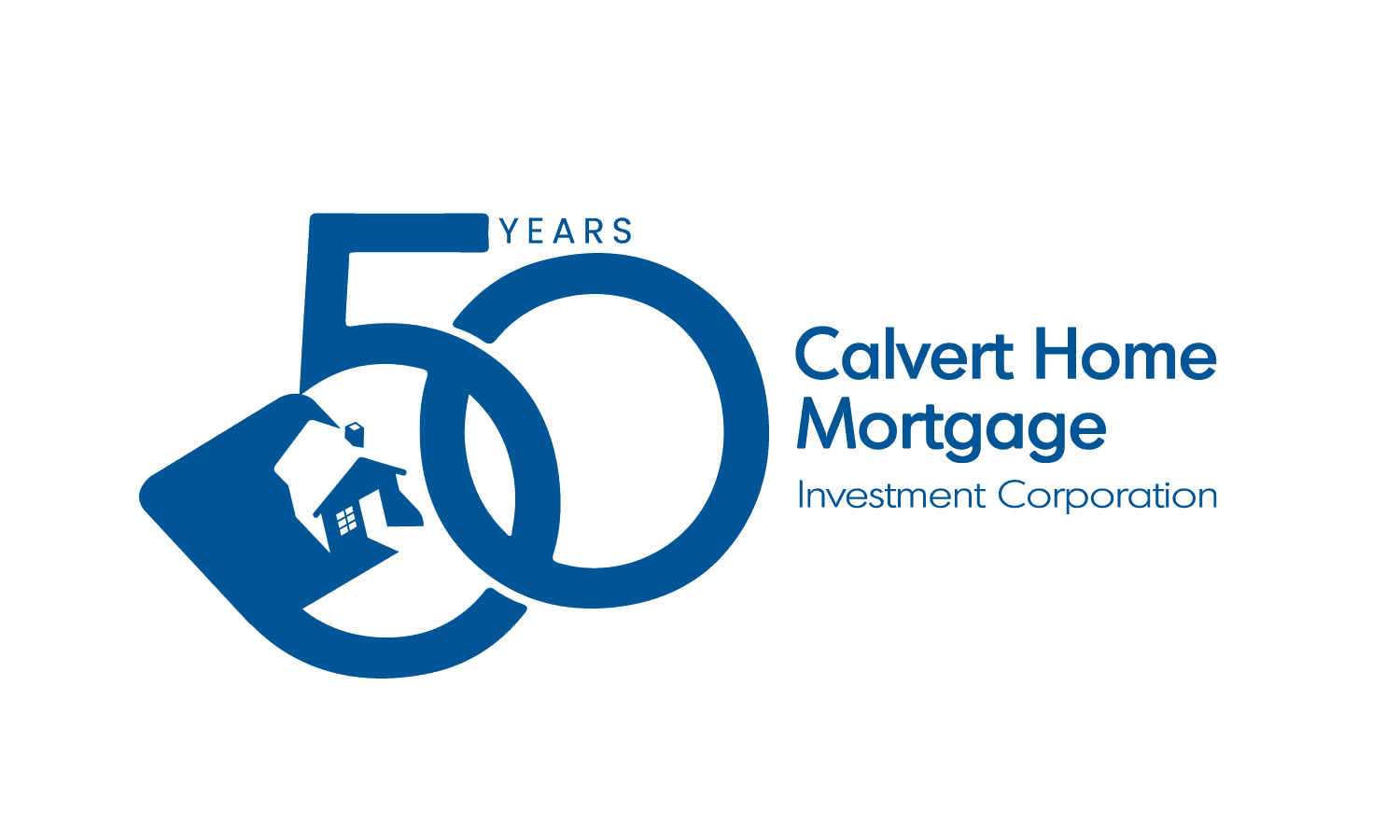It was bound to happen – interest rates are on the way up.
The Bank of Canada has recently raised its benchmark or policy interest rate, resulting in an increase passed on to borrowers in the form of higher interest rates. Major lending institutions followed suit by raising the prime lending rate. These higher borrowing costs might actually cool the hot real estate market, but will have even more implications.
Rising interest rates have a far-reaching impact, noticed by those with variable rate mortgages, those with a home equity line of credit, and those looking to buy a home. That means both current and would-be homeowners will all feel the pinch. And those with multiple loans may make it hard to make ends meet when even one payment goes up.
But what can homeowners do, other than watch as rates climb? Here are 4 considerations for homeowners as interest rates increase.
1. Get Creative by Asking for New Solutions
If you’re worried about interest rates continuing to rise, and you want to lock in a mortgage, it might be difficult to do without facing a penalty. That’s when creative solutions like a blended mortgage may work. While banks may not necessarily promote a blended mortgage, they are available to borrowers.
There are two types of blended mortgages to consider:
- Blend and extend: combine your existing mortgage rate with a new one, while you extend the term of your mortgage. Your interest rate will be a blend of your old mortgage rate and the current rate, and you won’t pay a fee for breaking the existing mortgage. This works, for example, if the new blended rate is better than what you may be looking to pay in the future if rates continue to increase.
- Blend to term: this option gives you a blended rate without adding any time to the term of your mortgage. Once the term is up, you can look at a new mortgage.
With either option, you’ll need to do some math to determine whether either one will benefit you, and if so, which is the better option. You won’t be paying a penalty for breaking your mortgage, and you can access some of your home’s equity (which can also be done with a homeowner’s line of credit).
The possible downsides are less flexibility, if you plan to move, and it may not actually be cheaper than riding out your current mortgage. However, if interest rates continue to rise, it could end up saving you some money.
There are other creative options for you too, depending on your situation.
Let’s say you’re selling your home and buying another, but the possession dates don’t match, or you can’t qualify for a mortgage until the existing mortgage is paid out. The current hot market might make it necessary to make an offer on a new home before yours sells. The bridge financing solution offered by Calvert Home Mortgage can help in those situations.
2. If You’re in the Market for a Mortgage, Consider Using a Mortgage Broker
Whether you’re interested in buying a home, your mortgage will soon come due, or whether you’re lookin to refinance, you “always want to get the biggest bang for your buck.” That’s why you should consider a mortgage broker.
A mortgage broker is a middleman between you and your financial institution. Now sometimes we try to avoid a middleman, but that’s not the case with a broker. In many instances, the middleman is beneficial.
When you’re in the market, you will likely go to the bank you have always used and discuss a mortgage. A broker, on the other hand, will shop around to find the best mortgage rates for your specific situation. Unlike a traditional bank, a mortgage broker does not provide the mortgage. Their job is to put you in touch with those that do.
You’ll get the expertise of someone who has considered all the options and delivered the best ones to you. Then they only get paid when they find you a loan that you accept – giving them incentive to find you the best deal possible. They can also look at different options, not just traditional banks and not just a fixed-rate mortgage that is locked into a high interest rate.
3. Understand your budget
Rising interest rates could mean a quick jump in the amount of your debt payments, putting you in a difficult situation when it comes to other expenses. Suddenly there may not be enough money for your weekly date night, or the fees you need for your children’s activities.
That’s why it’s important to know your budget and understand how much debt you can handle, while also planning for the unexpected.
Here’s an example of what a bump in interest rates could mean, courtesy of the Government of Canada’s Financial Consumer Agency:
Variable interest mortgage of $278,748:
Current interest rate: 3.1%
Increase in interest rate: Up by 3%
Increase in mortgage payment: $457 a month
That highlights the fact that you need to be careful when you take on debt, remembering these considerations:While you might not see a jump of 3 percent happen overnight, even an increase over several months could mean a significant dent in your disposable income, or worse. You might not be able to make your mortgage or loan payments.
- Avoid getting the biggest mortgage or line of credit that you’re offered.
- Make sure you have an emergency fund to deal with unplanned costs.
- Take steps to eliminate debt, or look into consolidating debt to pay it off faster. Calvert Home Mortgage has a debt consolidation tool that can help.
4. Pay down debt before rates increase again
One of the best ways to avoid the pain of higher interest rates is to pay off debt as quickly as possible.
You might be thinking that’s easy to say and hard to do, but there is help for those with multiple loans and arrears. Consolidating your debt may help ease your payment load.
Let’s say you have more than mortgage debt: you also have a car loan, a line of credit, some credit card debt, and perhaps other payments. While a good tactic involves paying off one debt at a time, sometimes there are just too many payments. It can be hard to get ahead, especially when interest rates go up and those payments increase.
That’s where debt consolidation comes in. If you own your home, Calvert Home Mortgage can help with a first or second mortgage along with a plan to eliminate debt. You can access the equity in your home to get those resources you need to pay off debt more quickly.
A mortgage loan can go towards the principal and any late payment charges on those other debts, getting the balances down to zero, and getting you to one debt payment. While you will still owe money in the form of that mortgage, the interest rates should still be lower. For instance, interest rates on credit cards are still much higher than a mortgage. So, the overall cost of borrowing will be less and that one payment should be much lower than the total payments for the debts you consolidated.
You’ll also benefit from re-establishing your credit rating, which allows you to eventually seek refinancing at a conventional bank at a lower interest rate.
The Bottom Line
News of rising interest rates can cause concern for homeowners and others with debt. But there are options, including these four considerations for homeowners as interest rates are on the rise.
Calvert Home Mortgage is here to help, with plenty of other free resources and educational tools that can help individual homeowners and real estate investors. Calvert Home Mortgage has been serving customers as an alternative lender since 1975 in Alberta and has recently made a successful expansion in the Ontario market.
Contact one of the experienced Calvert underwriters for more information and advice on mortgages, debt consolidation and more.
Ardith Stephanson is a freelance writer and journalist who writes on a variety of topic areas.




